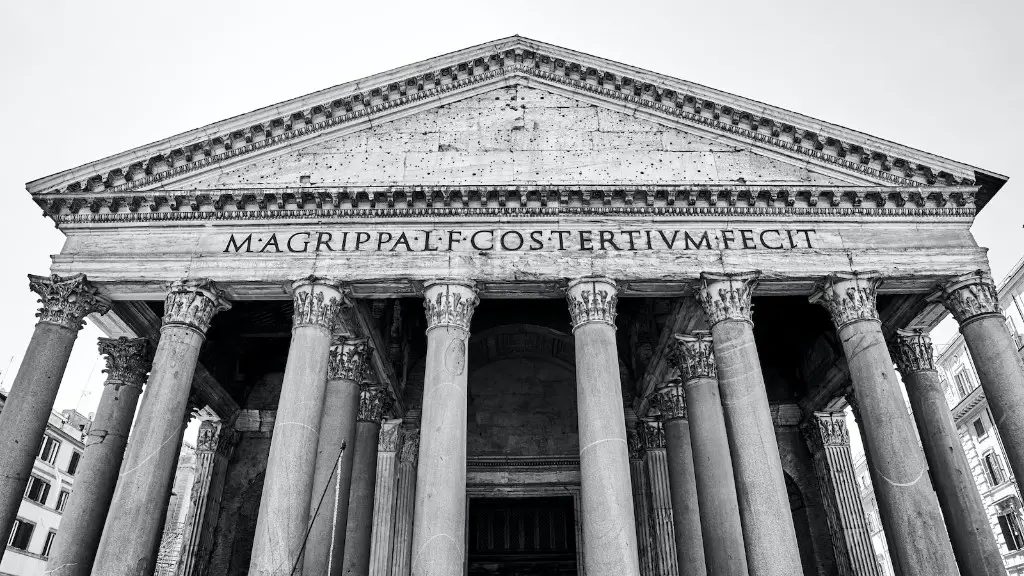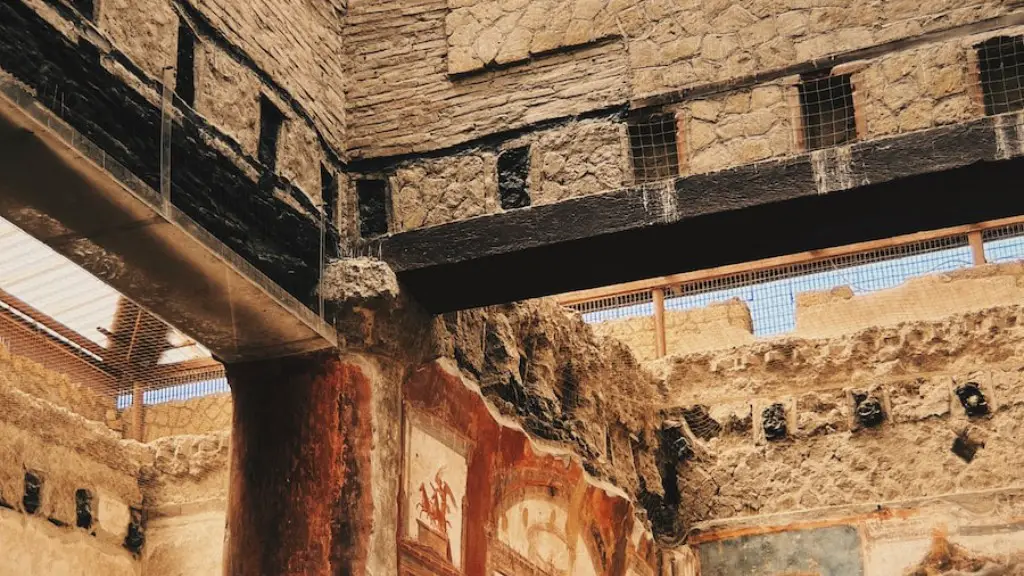Why Were Ancient Romans Gay?
Since ancient times, homosexuality has been practiced in many societies, including Roman society and culture. From the earliest records of Ancient Rome to the present, same-sex relationships between men and women were documented, including a wide variety of literature, sculptures, and other references. In Ancient Rome, homosexuality was seen as a form of entertainment. Some Roman emperors held homosexuality in high regard and even celebrated their sexual relationships with male slaves. This paper will explore the various cultural and social factors which led to the acceptance of homosexuality in Ancient Rome.
Religious Views
Ancient Rome practiced polytheism, so it’s important to consider whether homosexual acts conflicted with religious beliefs or were encouraged by religions. It seems that the answer is neither–Ancient Rome’s polytheic religions had no specific views on homosexuality. Romans were more concerned with fertility than homosexuality, and any perceived homosexual behavior was never brought up in religious contexts. This lack of inhibition on homosexuality certainly contributed to its growing prevalence in ancient Rome.
Social Norms
Another factor that helped shape the acceptance of homosexuality in ancient Rome was the social norms of the time. Male homosexuality was considered acceptable, as long as neither of the participants was married or of high status. Female homosexuality was also accepted, although not to the same extent as male homosexuality. Social norms were very relaxed in comparison to other ancient societies, and this contributed to the acceptance of various forms of homosexuality.
The Role of Slaves
The prevalence of slavery in ancient Rome helped to shape its attitude towards homosexuality. Homosexuality between a slave and a Roman citizen was considered to be an act of entertainment and not a serious relationship. Slaves would often be forced into sexual relationships with Roman citizens, and this was seen as an acceptable part of slave life. This contributed to the acceptance of homosexuality as a part of Roman life.
Literary Representation
Ancient Roman literature provides numerous examples of homosexual relationships, from the works of iconic authors such as Ovid and Martial. These authors wrote about same-sex relationships with a surprising level of openness and acceptance. This provided ample evidence that homosexuality was an accepted part of society at the time. It’s clear that literature had an impact on the acceptance of homosexuality in ancient Rome.
Legislation and Facts
The legal system in Ancient Rome also contributed to the acceptance of homosexuality in the culture. Though there were laws against same-sex activities, they were rarely enforced. This lack of enforcement shows that homosexuality was largely accepted by the Roman people, and that the laws were there more for show than for the purpose of guiding behaviour. This speaks to the level of acceptance Ancient Rome had for homosexuality.
Conclusion
In conclusion, there were a variety of factors that contributed to the acceptance of homosexuality in ancient Rome. From the lack of religious prohibitions to the prevalence of same-sex relationships in literature, it is clear that homosexuality was a largely accepted part of Roman culture. Understanding the social and cultural factors which led to the acceptance of homosexuality in Ancient Rome can help us understand the history of homosexuality and its current place in society.
Medical Opinions
The medical opinions prevalent during the time of Ancient Rome also help us to understand their attitudes towards homosexuality. Ancient Roman medical writers such as Galen held that homosexuality was a form of illness and not a choice. This idea also contributed to the social acceptance of homosexuality, as it was seen as a medical condition which could not be controlled. This helped normalize same-sex relationships in Ancient Rome.
Cultural Constructs
The cultural constructs of Ancient Rome also had an impact on their views of homosexuality. Ancient Roman culture was heavily centered around the idea of power, and homosexuality was seen as an expression of power. This had a big impact on the acceptance of homosexuality in Ancient Rome, as it was seen as a way to embody power. This was especially true of powerful individuals, such as the emperor.
Social Structures
Finally, the social structures of Ancient Rome had a major impact on the acceptance of homosexuality. The Roman society was largely divided between citizens and slaves, and male same-sex relations were accepted, as long as the participants were not married or of high status. This created an environment where same-sex relations were not frowned upon and even celebrated in some cases. This helped to propel the acceptance of homosexuality in Ancient Rome.
Present Day Contexts
While homosexuality is still not universally accepted or understood, it is much more accepted in present day contexts than it was in Ancient Rome. Thanks to advances in science and technology, people are able to better understand and accept homosexuality. Even so, there are still societies that frown upon homosexuality, making it important for us to learn about the history and acceptance of homosexuality in Ancient Rome.
Intersectionality
It is also important to consider the intersectional aspects of homosexuality in Ancient Rome. While Ancient Rome accepted same-sex relationships between its citizens, it was not as accepting of same-sex relations between slaves and citizens. This shows that there were different expectations depending on the social class of the participants. It is important to consider these kinds of nuances when looking at the history of homosexuality in Ancient Rome.
Stigmas
Furthermore, it is important to consider the stigmas attached to homosexuality in Ancient Rome. While it was accepted, people often viewed homosexual relationships as a form of entertainment or a sickness. This is a reminder of how much society has changed in terms of its acceptance of homosexuality, and how much it has to improve in order to be truly inclusive.



